Other sections of the southern wing are occupied by the current family of Hopes.
|
Here is Hopetoun House, home of the Hope family, the Marquesses of Linlithgow, just north of Edinburgh. The left view below shows the main structure of the house; in the center photo, the aerial view above the entrance; on the right, an aerial photo looking south, which shows the Forth Bridges at the top left of the photo, and the "back" or older section of the house, the West Front. Remember please to click on the small photos to expand their size. Below, shots of the three bridges which cross the Forth River to join North Queensferry with South Queensferry as the river flows into the Firth of Forth and eventually to the North Sea. Firth is a version if the word Fjord, a glacial basin. The Hope family arrived in this location in the 17th century, operating lead mines in the area. The first section of the present house was built for the Hopes in 1699-1701 by Sir William Bruce, a gentleman-architect who is responsible for many notable houses in Scotland. Just two decades later in 1721, Charles Hope, 1st Earl of Hopetoun (1681-1742) hired William Adam to enlarge and remodel the house. Below is a plan showing the older sections in tan and the Adam-designed portions outlined in black. Adam's two sons, John and Robert, completed the interior decoration in the style for which they are historically renowned. The pictures in this and the next post were taken by me and/or my companions at Hopetoun House in September, 2019, unless otherwise noted. Below left, the entrance gate; the shrubbery walk from the car park to the house; right, we approach the first of the pavilions, at the south, passing the ha-ha. Above, left, is the ballroom in the south pavilion, often in use for weddings. In its anteroom, center and right, are some of those animal heads you so often see in these country homes. In the 21st century, they are certainly distasteful to us, but no doubt reflect the values of previous centuries of aristocrats who thought of the hunt of now-endangered species as sport. Other sections of the southern wing are occupied by the current family of Hopes. The hall, pictured above from the Hopetoun House website, was part of the Bruce house, altered by the Adams. Above the fireplace and at left below is a portrait of John Adrian Louis, 7th Earl of Hopetoun and 1st Marquess of Linlithgow (1860-1908), by artist Robert Brough. At right below, a bust of the Duke of Wellington by Sculptor Thomas Campbell, c. 1827, which stands beside the fireplace. According to the Hopetoun House Guidebook, "The staircase is one of the chief decorative features of the Bruce house. The pine-panelled walls, frieze, cornice, and panel borders were carved with flowers, fruit, wheatears, and peapods by Alexander Eizat, a Scottish woodcarver..." The Garden Room, below, has a view of the lawn and pool. Center, the clock is a musical automaton made by Jan Henkels of Amsterdam about 1730. On the right, a portrait of John, 4th Earl of Hopetoun, painted by Sir John Watson Gordon. Above, the State Bedchamber, created by architect Bruce for the young 1st Earl of Hopetoun. Below, the shelves of deed boxes in the Charter Room, built to be fireproof to protect the family records. The libraries combined several smaller rooms to house the ever-growing collections of the Hope family. The very tempting rows of old volumes, left; center, a portrait of the Ladies Jemma and Lucy Hope, daughters of the 3rd Earl, painted by David Allan, c. 1782; right, model of the house. Lower row, various details of the libraries. Below, though mostly decorated in shades of green, the White Bedchamber carries its name from an earlier incarnation. below left, the Pattern Chair by James Cullen, c.1760; center, a Dutch walnut commode with floral marquetry from the mid 18th c.; Verdure tapestries from Antwerp studios in the 17th c. The final room still 'more or less' remaining from the Bruce house is the West Bedchamber with its Anteroom. Below, the recreated Bed Hangings were made by textile volunteers in 1990; the Flemish tapestries are from a series on the months of the year; Oak cradle, undated. Next time, the State Apartments and East Pavilion.
0 Comments
Leave a Reply. |
Victoria Hinshaw, Author
Archives
July 2024
Categories |


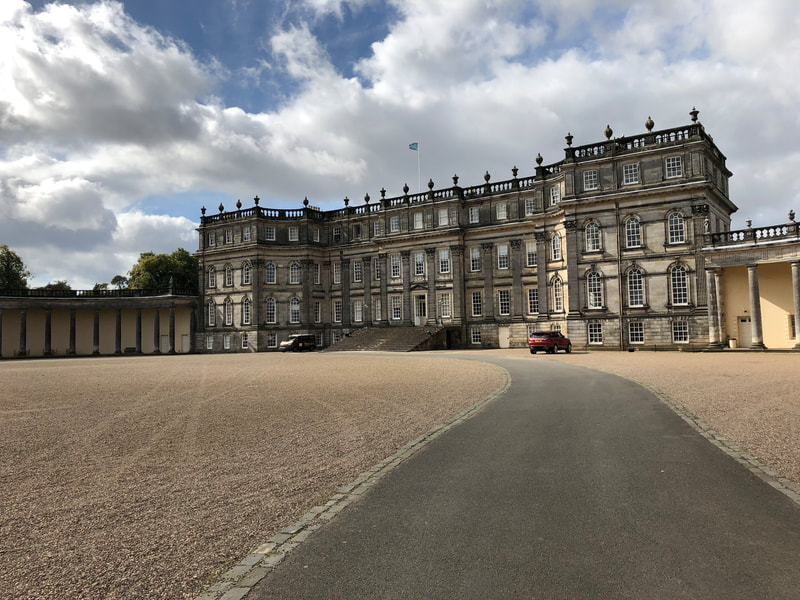
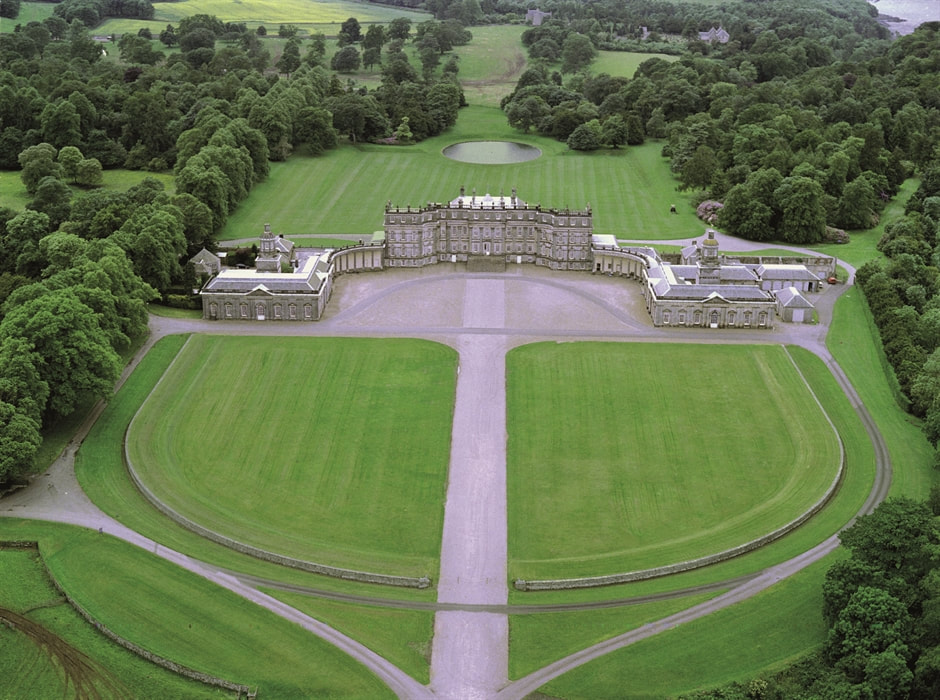

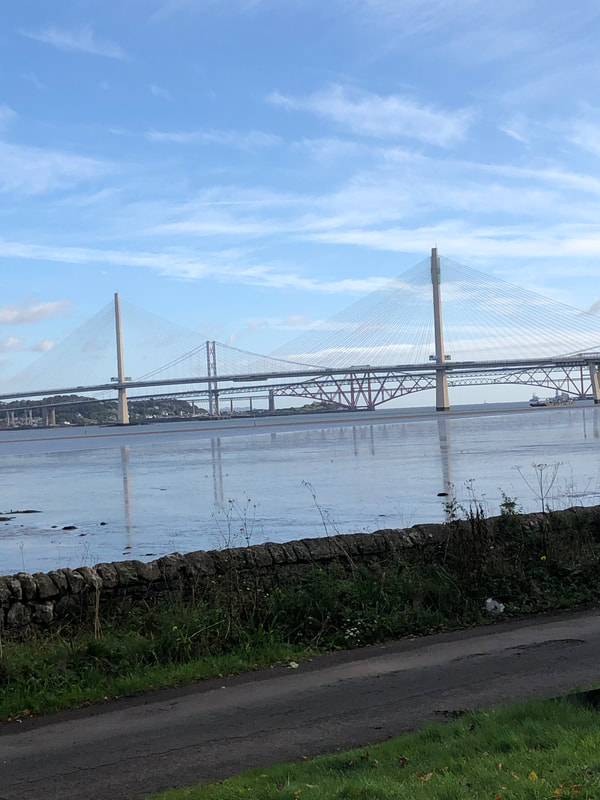
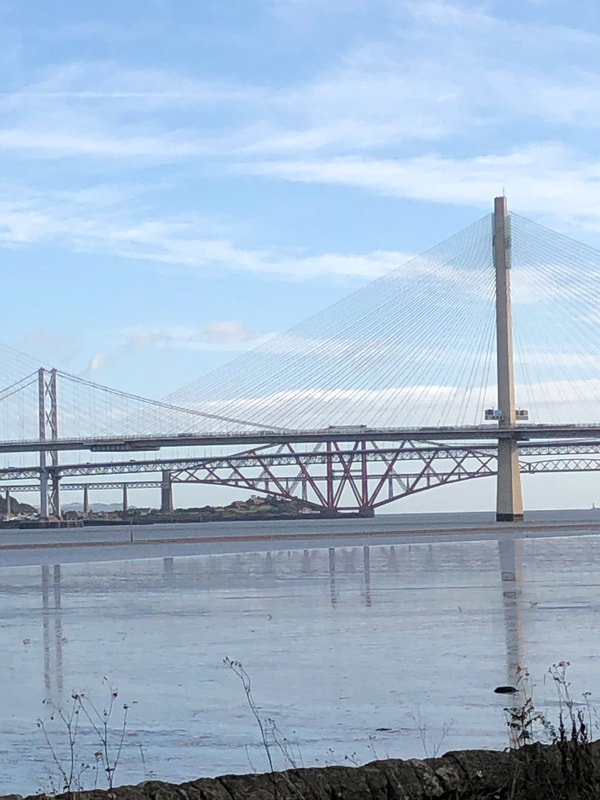

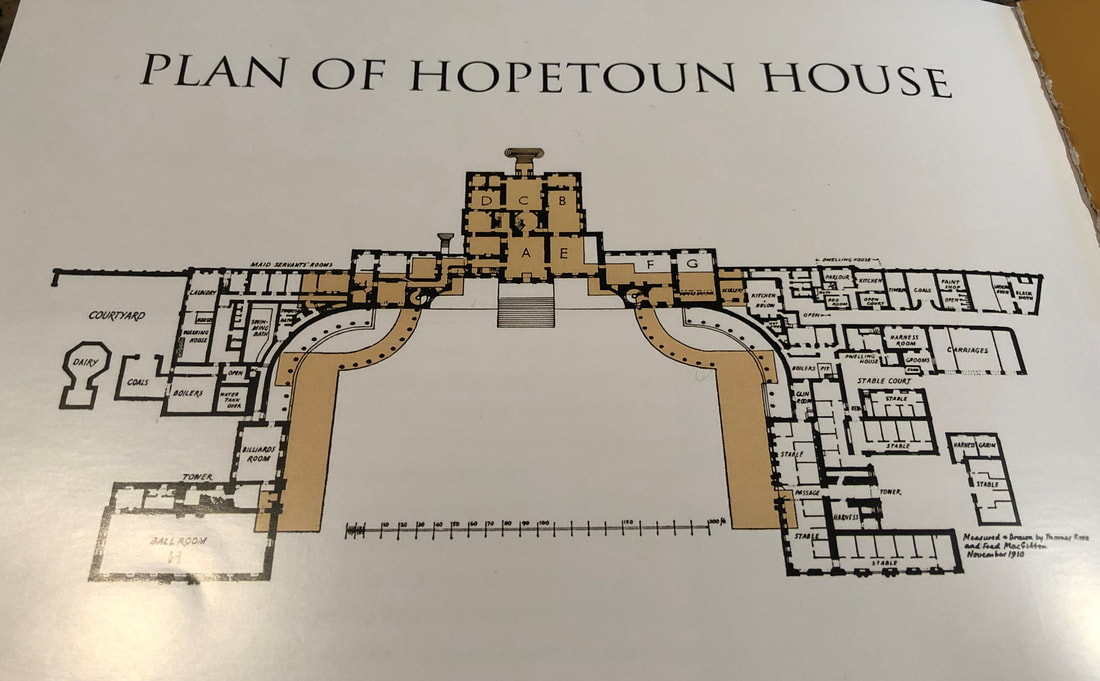
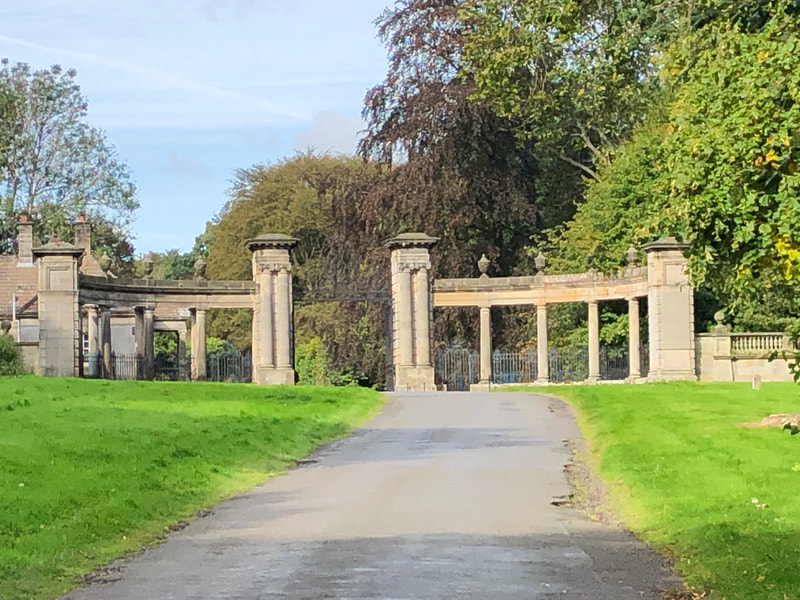
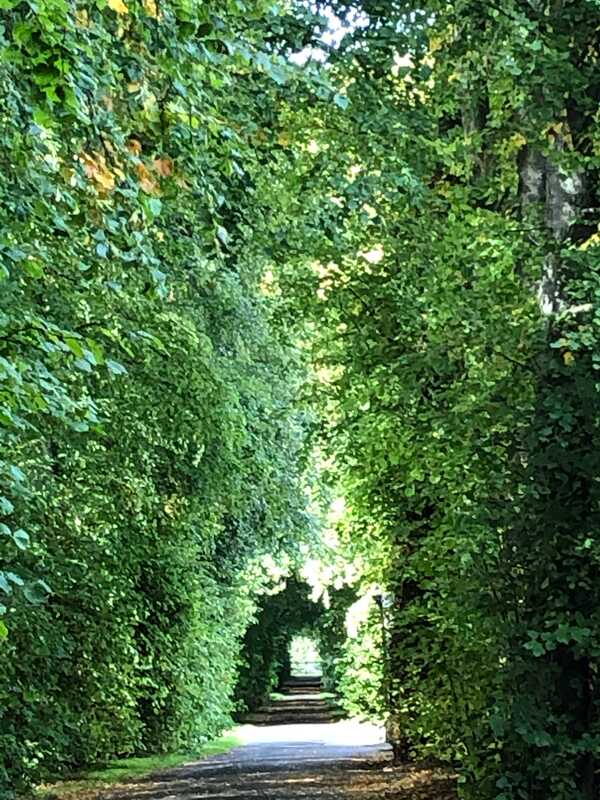




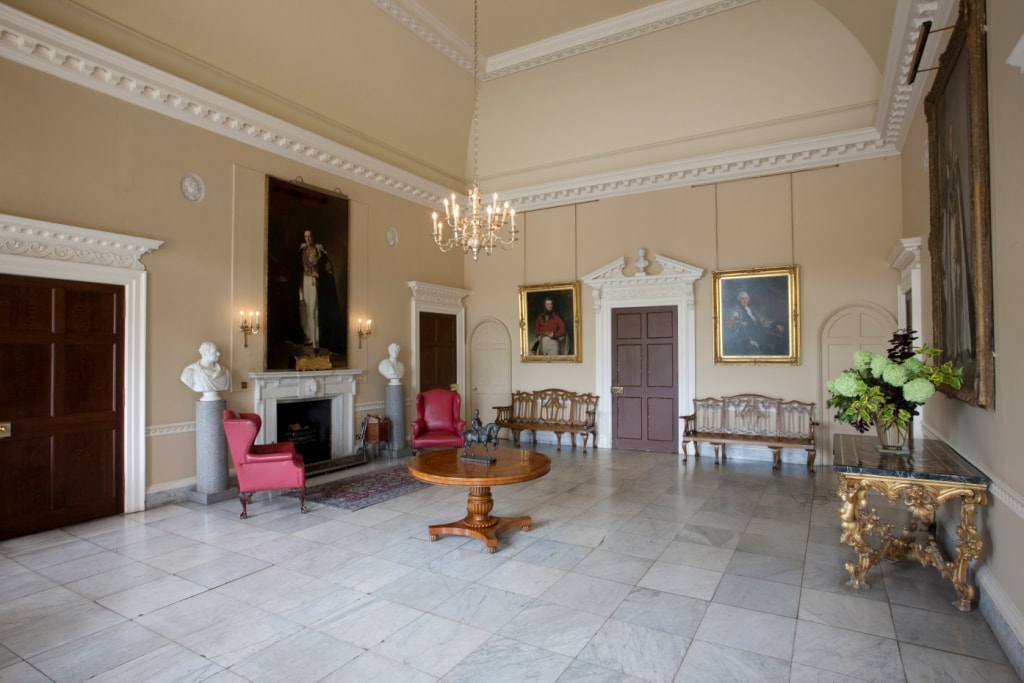
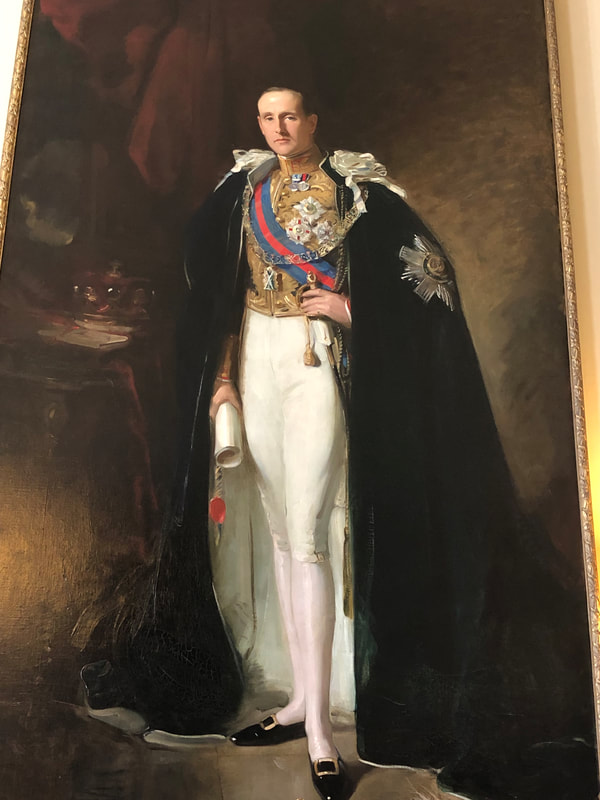
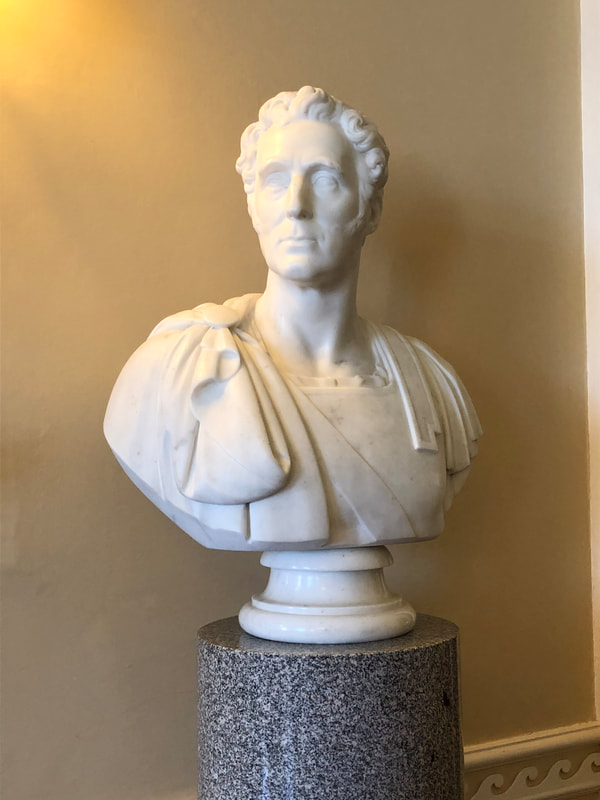
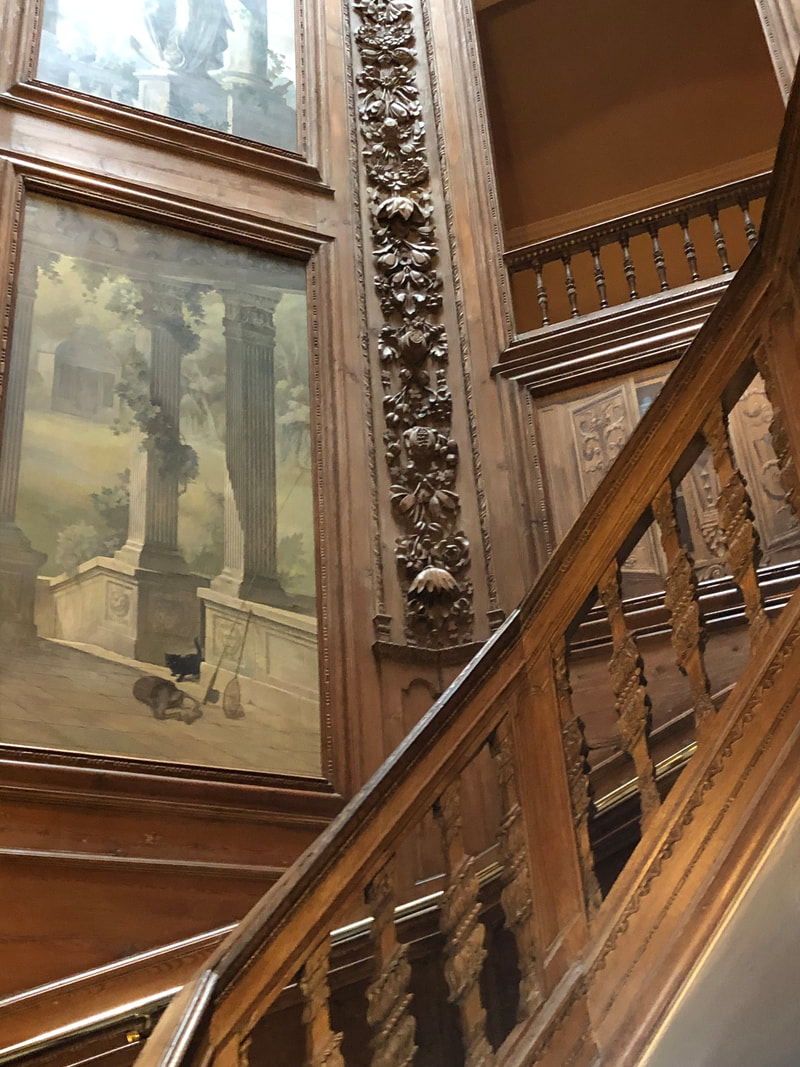




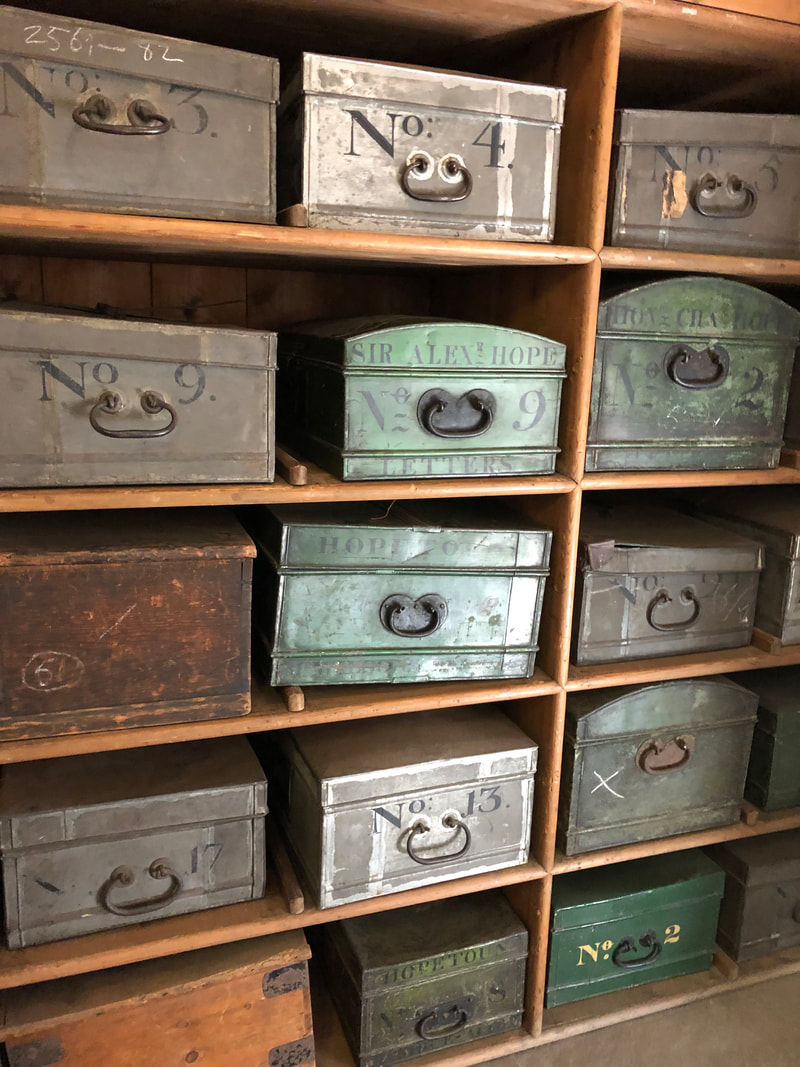


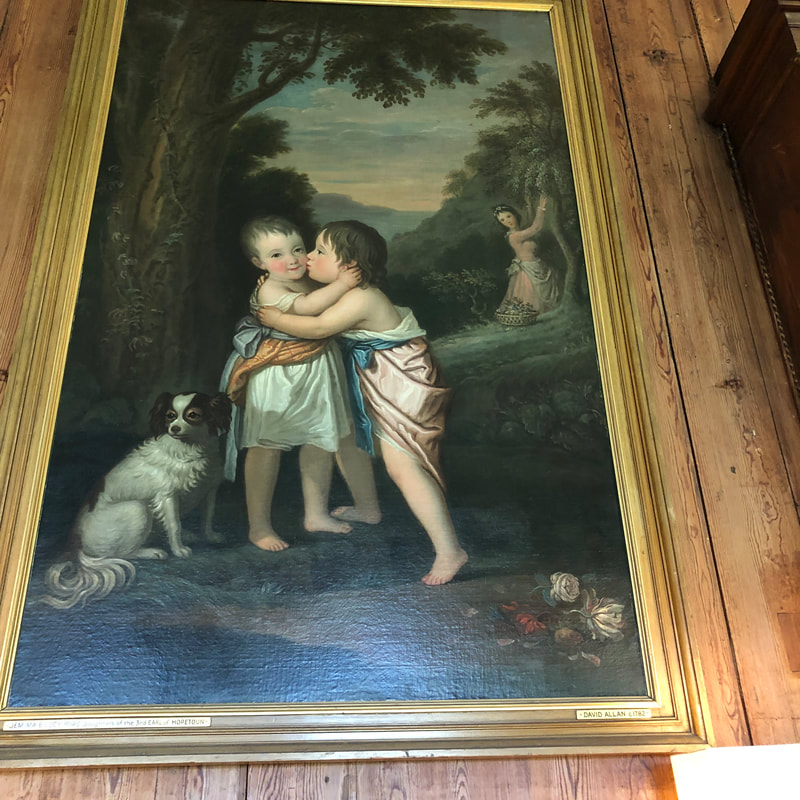
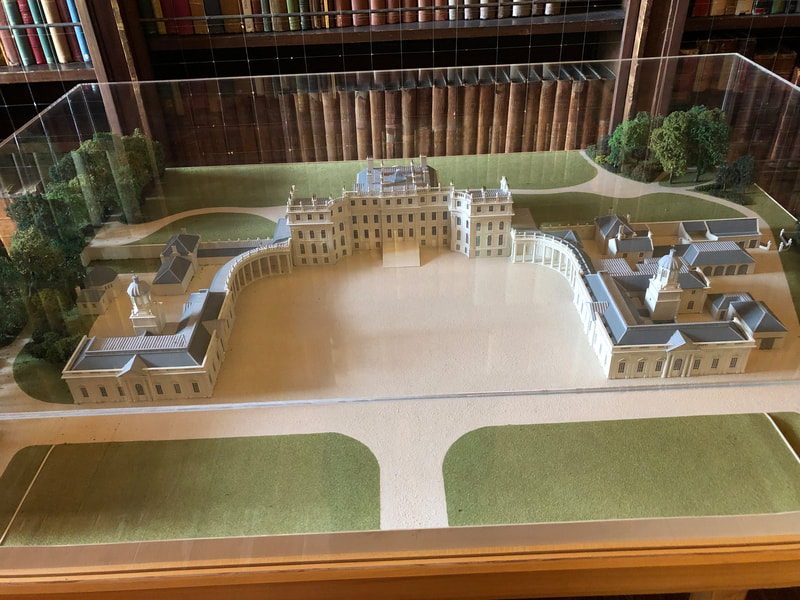
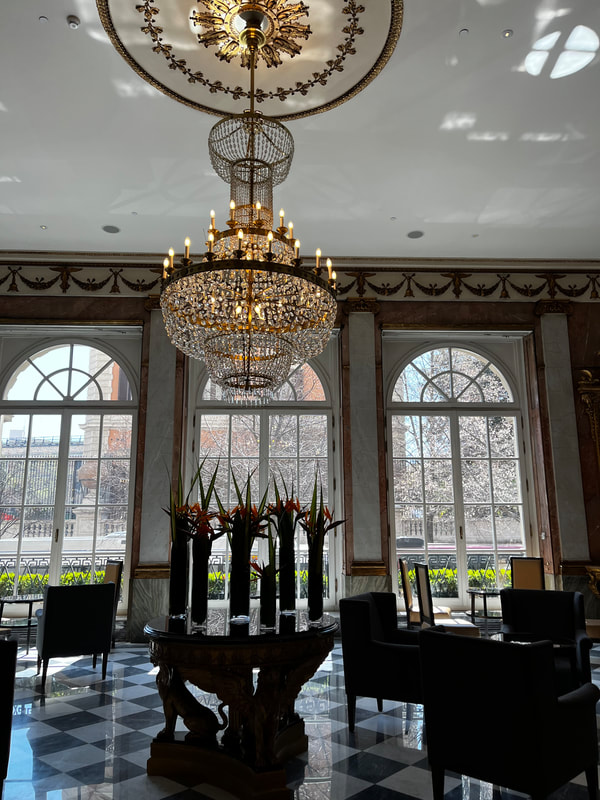


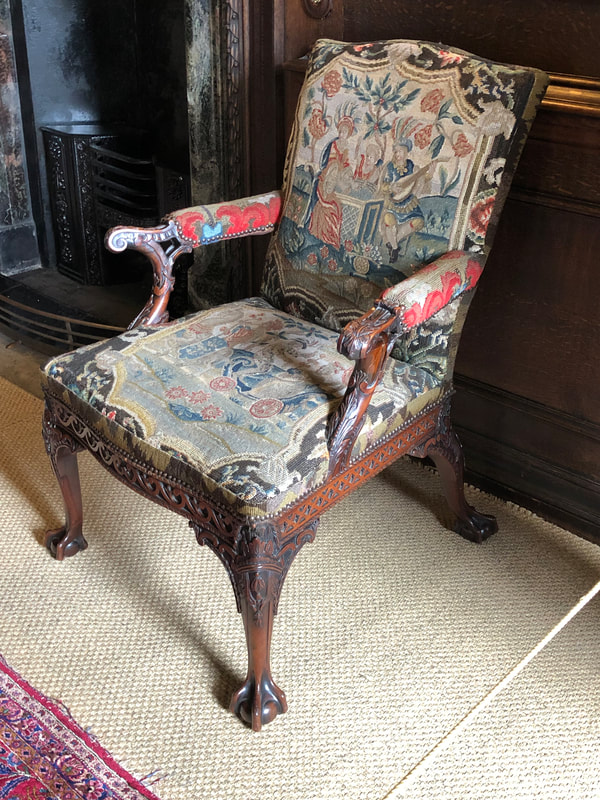

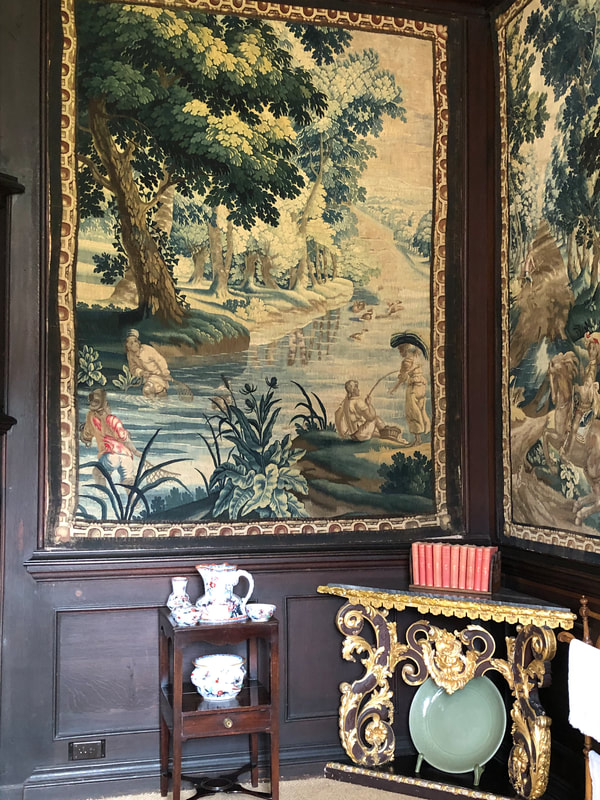


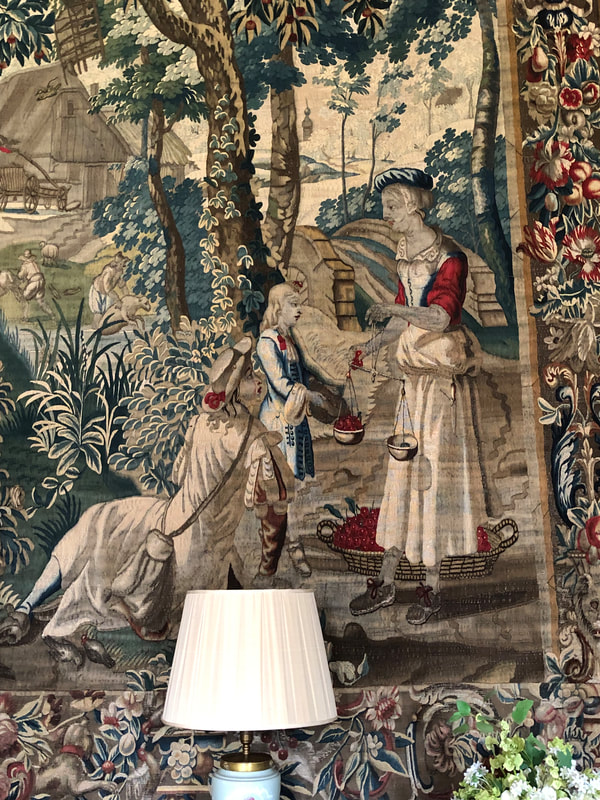
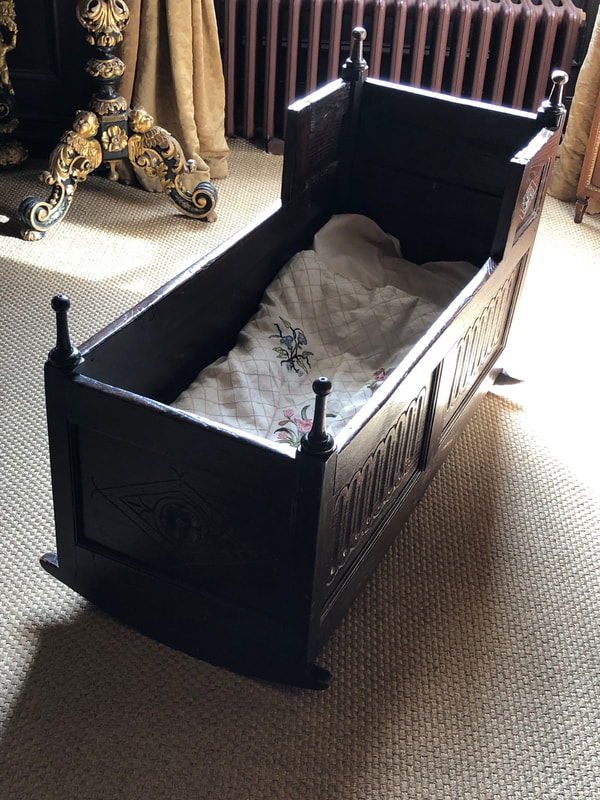
 RSS Feed
RSS Feed